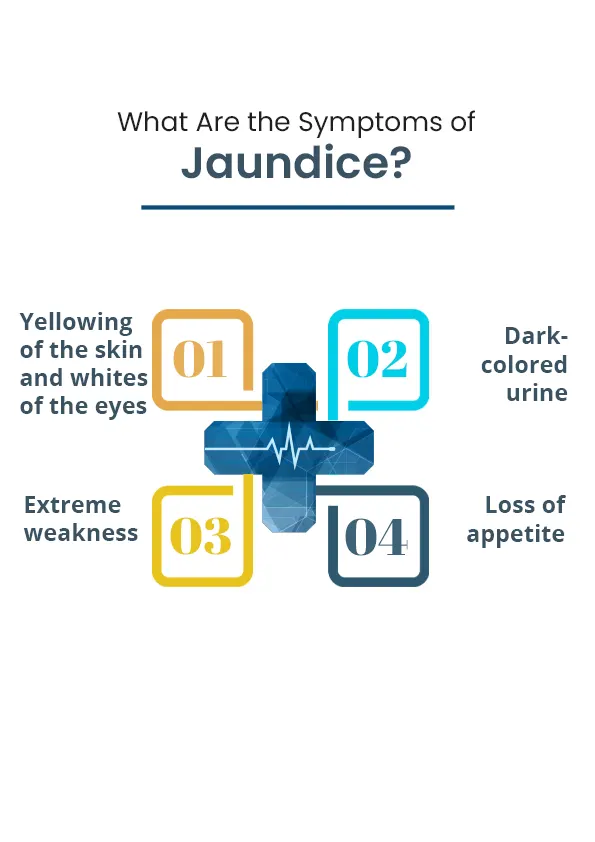Medical Intervention
Know More About Jaundice
Jaundice is a medical condition that causes the yellowing of the skin, whites of the eyes, and mucous membranes, typically caused by elevated levels of bilirubin in the blood. It can indicate underlying liver or bile duct disorders and requires medical evaluation to determine the underlying cause and appropriate treatment.
What Causes Jaundice?
- Excessive breakdown of red blood cells (hemolysis)
- Liver diseases such as hepatitis, cirrhosis, or liver cancer
- Blockage of bile ducts by gallstones, tumors, or inflammation
- Infections such as malaria or sepsis
- Genetic disorders affecting bilirubin metabolism
- Medications that affect liver function or bile excretion
- Pancreatic cancer or pancreatitis
- Congenital conditions affecting bile duct development
What Are the Symptoms of Jaundice?
- Yellowing of the skin and whites of the eyes
- Yellowing of mucous membranes, such as inside the mouth
- Dark-colored urine
- Pale-colored stools
- Itching
- Abdominal pain or discomfort
- Fever or chills
- Vomiting
- Extreme weakness
- Loss of appetite


